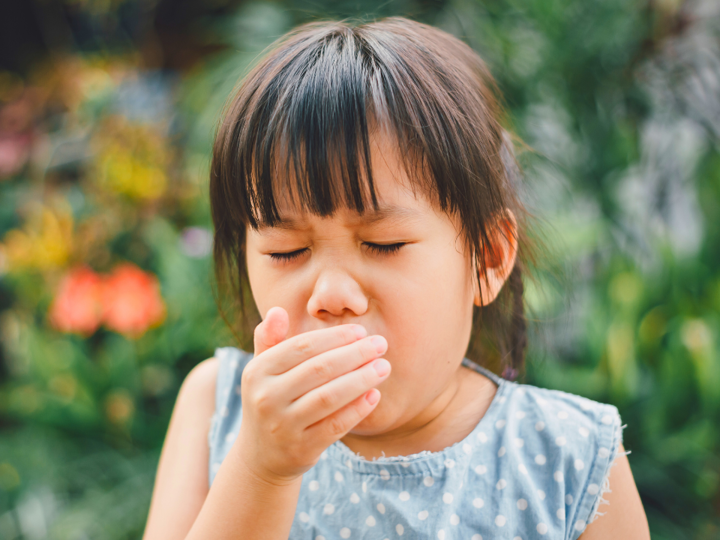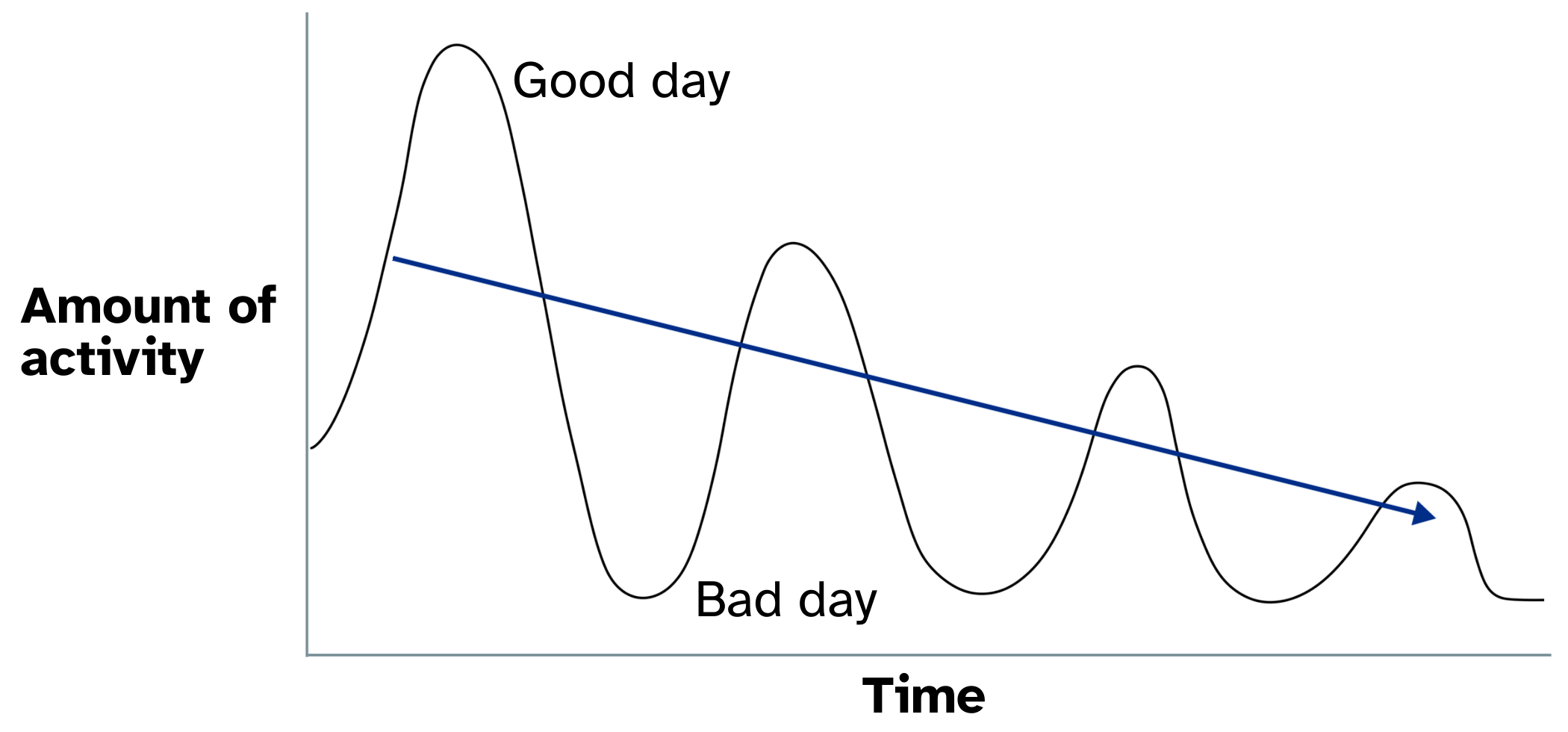Long-term effects of COVID-19 (Long COVID)
- 1-5 Years
- 5-11 Years
- 11-19 Years
- SEND
- Common illnesses

Long COVID is when someone has symptoms of COVID-19 for more than 12 weeks. Most people affected by COVID-19 will feel better within a few days or weeks of their first symptom. Long COVID is not affected by how severe your child or young person had COVID-19. Long COVID can also affect people who had COVID-19 but did not show any symptoms (asymptomatic).
Long COVID is also known as 'post acute sequelae of COVID-19', 'post COVID-19 condition' or 'post COVID condition'.
Explore the topics on this page
Symptoms of long COVID
The symptoms for children or young people with long COVID may change over time. Your child or young person may switch between feeling better and then feeling worse.
Symptoms of long-COVID can change and reoccur randomly. They can affect people in different ways at different times.
- Feeling really tired (fatigue)
- Feeling unable to breathe (shortness of breath)
- Difficulties remembering things (cognitive dysfunction)
- Difficulties concentrating and following instructions (cognitive dysfunction)
Boom and bust cycles
Children and young people with long COVID can enter a 'boom and bust' activity cycle. This is when they do a lot on one day, but then need to rest the next day.
Even activities like reading or watching TV can be tiring as they need mental energy and concentration.
If this cycle continues, your child or young person's energy will decrease over time. This will mean they will be able to do fewer activities.

Finding a baseline
A baseline is the lowest level of activity that your child or young person can do every day, including the bad days. Baseline activities may include:
- getting up
- getting dressed
- attending school for a one hour lesson
It is okay for your child or young person's baseline to be low at the start, even activities like reading or watching TV can be tiring as they take mental energy/concentration. Try to encourage your child or young person to practice their baseline activities everyday. Over time they will slowly be able to do more.
Helping with activity management
Some tips you can use with your child or young person to help them manage their activity levels.
- Establish a routine
- Record their activity until they are completely aware of what they can do as a baseline
- Encourage them to keep their activity levels consistent each day
- Don't push them to do more on a good day
- Encourage them to practice every day to avoid the boom and bust cycle
- Encourage them to do something they enjoy every day
With time your child or young person may slowly progress from their baseline and may be able to do more.
How we can help
Our Occupational Therapy (OT) team will help your child or young person. Our goal is to help your child or young person keep doing their everyday activities and routines.
We will help your child or young person:
- take part in everyday activities and routines that are important to them
- adapt to the changes in their abilities due to long COVID
- to be independent
- find new ways to do activities they find hard
- find equipment that can help them complete activities
- learn to manage their symptoms like fatigue
- access their education
We can also provide training and support for your child or young person's school. We can recommend reasonable adjustments. We can also help to make the phased return to school easier, when this is appropriate. It is important to us that your child or young person doesn't miss out on learning and school.
Our approach will be tailored to your child or young person's needs.
Resources for parents
Long COVID Kids have created a number of resources for parents and carers.
Twinkl resources
Please be aware, you will need to set up a free account to access Twinkl. Website is a resource for teachers and schools. You can access the information for free, you do not need to buy a premium membership to view these documents.
Resources for schools
Videos for schools by Long COVID Kids
Last reviewed: 10 April, 2025









